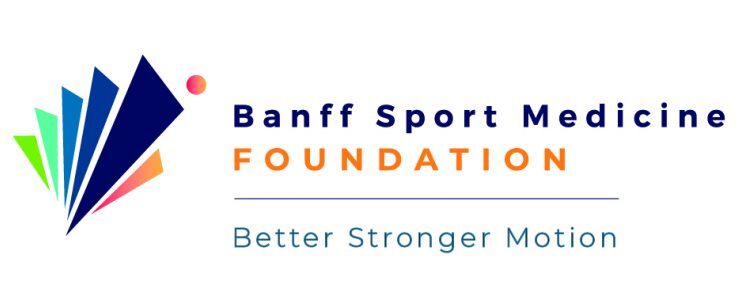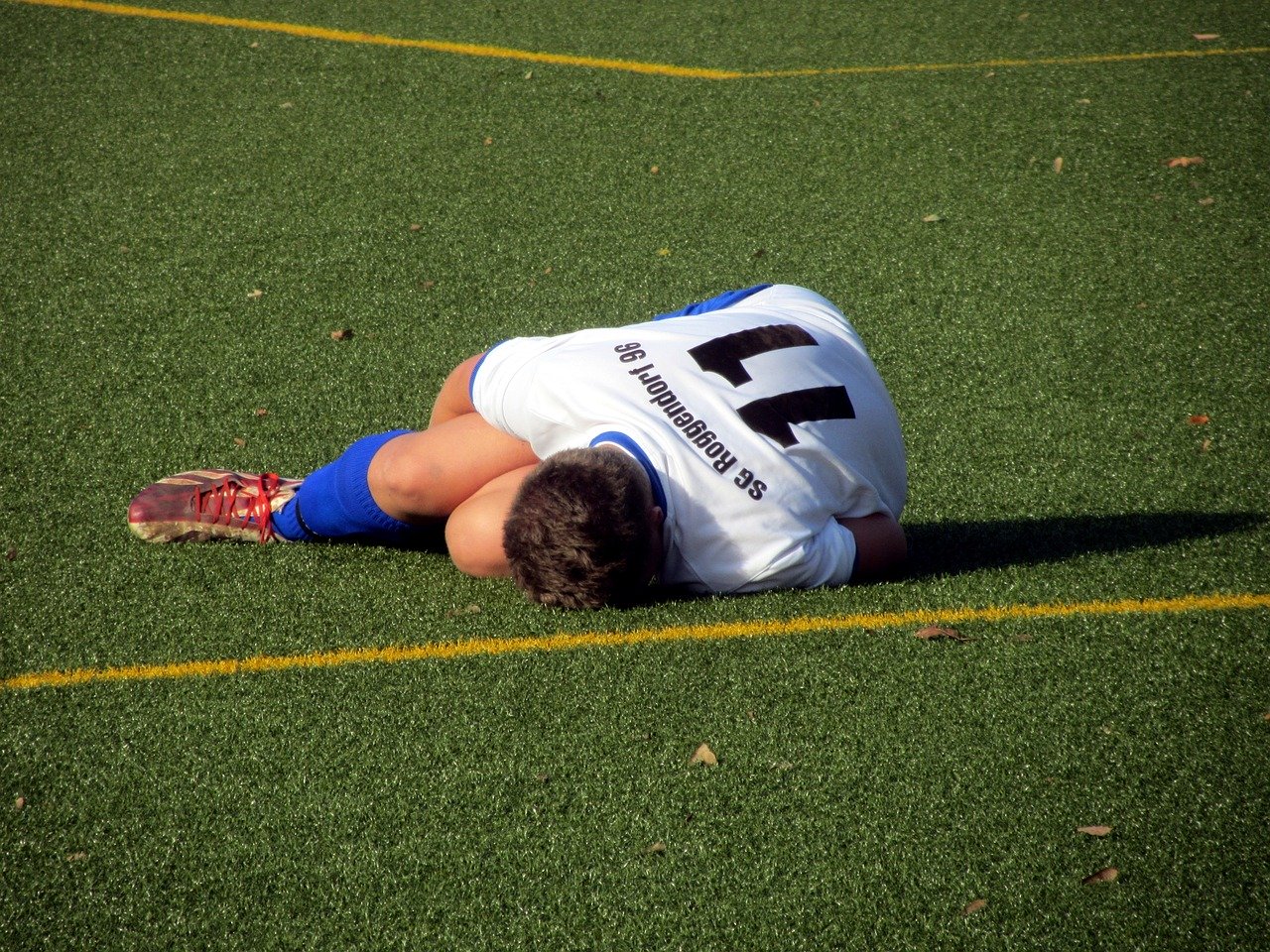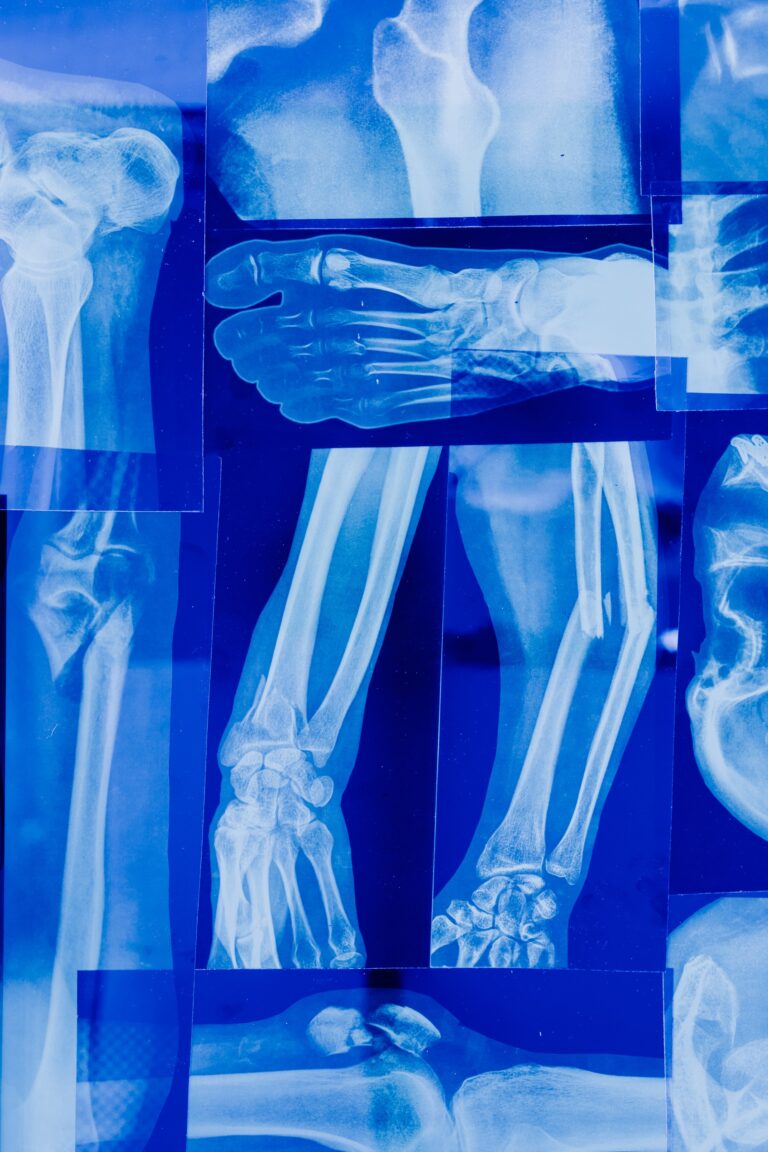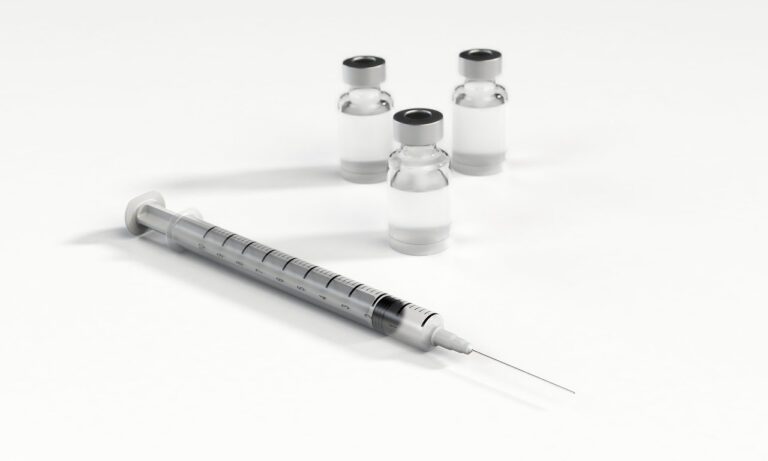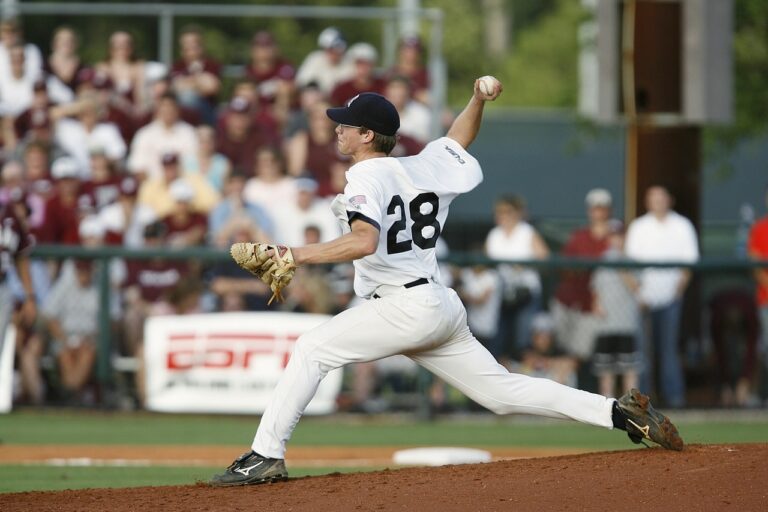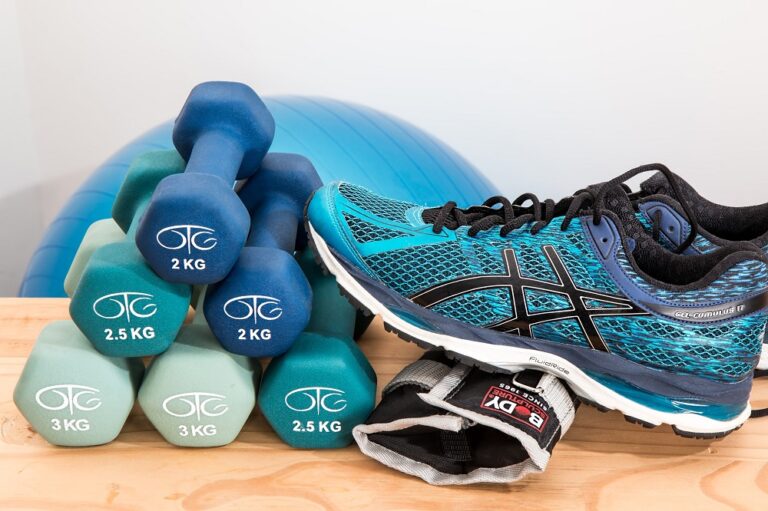Banff Sport Medicine patients contribute to groundbreaking research
Over 140 Banff Sport Medicine patients aged under 25 years that underwent anterior cruciate ligament (ACL) reconstructive surgery from 2014 to 2016 contributed to the findings of one of the largest ACL clinical research studies, called the STAbiLiTY Study.
This study, led by Dr Alan Getgood from the Fowler Kennedy Sport Medicine Clinic in London, Ontario, found that young athletes undergoing surgery to treat a torn ACL may benefit from an additional surgical procedure.
After studying over 600 patients, researchers found that performing a lateral extra-articular tenodesis (LET) procedure at the same time as an ACL reconstruction, reduced the rate of re-injury in young athletes under the age of 25.
The ACL is the main stabilizing ligament in the knee that is often injured in pivoting sport such as soccer, rugby, basketball and skiing.
ACL injury can be devastating, and a torn ACL will rarely heal on its own.
Read more: Anterior Cruciate Ligament (ACL) injury: the basics
ACL reconstruction is currently the gold standard of care to treat a torn ACL.
The goal of reconstruction is to regain functional stability of the knee, allowing the patient to return to their pre-injury level of activity.
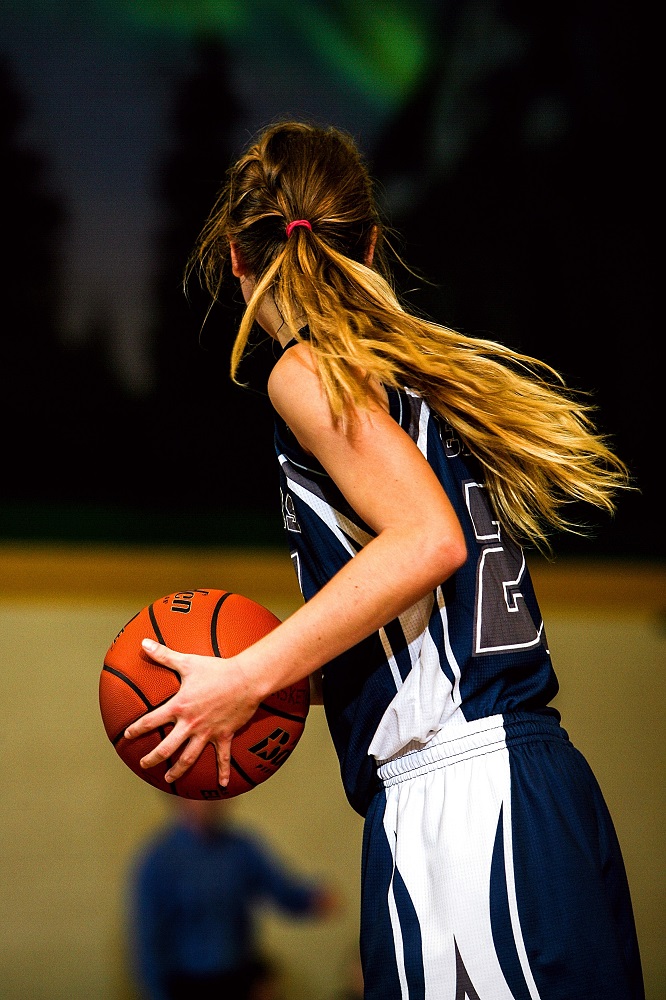
Despite the clinical success of ACL reconstruction, only 62% of individuals return to their previous level of activity, with re-injury of the ACL being as high as 20 – 40%, particularly in young patients returning to pivoting sport1.
The STAbiLiTY study recruited more than 600 patients from 7 centres in Canada and 2 centres in Europe.
The Banff Sport Medicine team recruited 24% of these patients.
Read more: BSMF research part of award winning Stability Team
All patients were aged between 14 and 25 years old and underwent an ACL reconstruction using a hamstring autograft. Half of the patients were randomized to receive only an ACL reconstruction, while the other half of patients were randomized to also receive the additional LET procedure.
LET involves placing a soft tissue restraint, typically using a graft from the iliotibial band (ITB), alongside the outside portion of the knee to improve the rotational stability of the knee.
In those patients that underwent the additional LET, only 4% experienced an ACL graft rupture, compared to 11% in the group that received only the ACL reconstruction.

Accordingly, the researchers found that the addition of the LET to a standard hamstring autograft ACL reconstruction reduced the relative risk of graft rupture by 66%.
Researchers also met with a subset of patients at 6-, 12- and 24-months after their surgery to determine how well each patient recovered.
By doing this, researchers found there was no significant difference in the way patients recovered from their surgery regardless of whether they received the additional LET or not2.
What are the real-world implications of this research study?
The results of the STAbiLiTY study suggest that young patients under the age of 25 years that are at high risk of reinjury (e.g. by participating in pivoting sport), should consider an LET in addition to a hamstring ACL reconstruction to treat a torn ACL.
Like with most research studies, there are still many unanswered questions. The STAbiLiTY Study will be followed by STAbiLiTY 2 to determine the effects of LET in combination with other graft types that are used in ACL reconstructive surgery.
Paper citation
Getgood, A.M., Bryant, D.M., Litchfield, R., Heard, M., McCormack, R.G., Rezansoff, A., Peterson, D., Bardana, D., MacDonald, P.B., Verdonk, P.C. and Spalding, T., 2020. Lateral Extra-articular Tenodesis Reduces Failure of Hamstring Tendon Autograft Anterior Cruciate Ligament Reconstruction: 2-Year Outcomes From the STABILITY Study Randomized Clinical Trial. The American Journal of Sports Medicine, p.0363546519896333.
References
1. Webster KE, Feller JA. Exploring the High Reinjury Rate in Younger Patients Undergoing Anterior Cruciate Ligament Reconstruction. The American Journal of Sports Medicine. 2016;44(11):2827-2832.
2. Getgood A, Hewsion C, Bryant D, et al. No Difference in Functional Outcomes When Lateral Extra-articular Tenodesis is Added to Anterior Cruciate Ligament Reconstruction in young active patients: The Stability Study. Arthroscopy. 2020.
